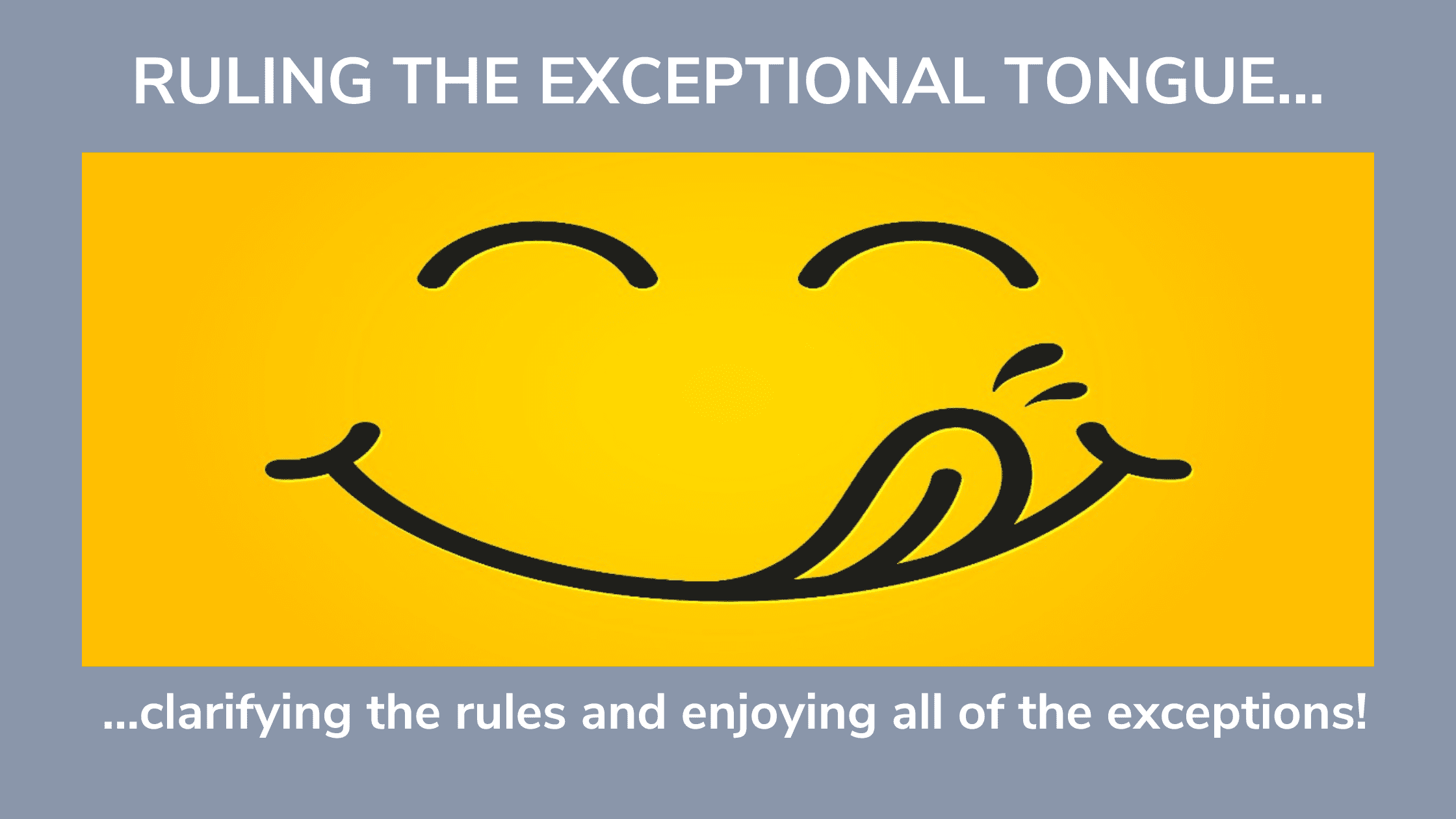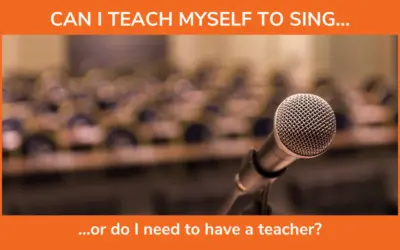Inside This Article
There are rules. Every rule has exceptions. And we say that the exceptions prove the rule. But, in the case of the human tongue, perhaps it’s the rule that proves the exceptions! Let’s see!
First, when it comes to the tongue… What are the rules? Is there a “proper oral posture?”
Tongue Rules:
Have you ever heard of “mewing” or “the new oral posture”? If so, have you ever wondered how that connects with singing and speaking… or not?
Either way, let’s look at that…
For most people, it seems right and obvious that when the mouth is closed and at rest, the tongue would rest on the bottom of the mouth. And we’re often either told this or it is somehow implied. But, no… this seems to be neither functional nor anatomically advantageous. According to new research (see JAWS and BREATH below), the tongue actually belongs against the roof of the mouth while the mouth is closed and at rest.

What?!
Yeah, I was skeptical at first, but after some reading and a lot of internet sleuthing and self-exploration (google “mewing” and go down that rabbit hole…), it made a lot of sense to me!

It even turned into a totally new understanding of head/jaw alignment, teeth placement (including braces which I wore between 10-12 years old), resonance and the function of the tongue in mouth shape and skeletal posture.
Cardinal movements of the tongue
Here’s the idea:
The human skull and jaw grow and form as we develop from infancy to adulthood. At first we have no teeth, then baby teeth, then adult teeth. And for many of us when those teeth come in (especially the adult teeth) they don’t seem to fit in the mouth. There just isn’t room.
It used to be believed that it was a genetic thing (mom’s big teeth don’t fit into dad’s small jaw), but now it’s understood as a functional issue not a structural one.
What seems to matter most is how early we start chewing tough foods and continue to do so until the adult teeth come in, as well as how we hold our tongue in relation to the teeth and jaws when the mouth is at rest.
For most of us, this all goes horribly wrong in childhood, so the bones of the skull and jaw just don’t develop enough to fit the teeth well when they come in (aka “mouth wasting”). Interestingly, almost all early and primitive humans had perfect teeth! This has been noted when digging up ancient skeletons. Sadly, much of this mouth melt in modern humans has occurred since the industrial revolution.
BUT, there’s good news. It’s not too late to set things straight! (Pun intended!)
This is what happened for me back in early 2019 and my mouth and voice have been improved ever since. My palate widened, my teeth realigned and my resonance and articulation improved as a result too!
If you’re interested in an in-depth somatic exploration of these ideas that will move your mouth and re-configure your vocal apparatus, I have created a series in THE SINGING SELF PROGRAM (and TEACHER TRACK) that does just that:
MOULDING THE MOUTH – Exploring the Relationships between Oral Posture, the Skull and Vocal Artistry
In it, I have created special lessons to help you figure all of this out for yourself!
BUT, WAIT… there’s more!
If that’s the rule – to have the tongue/mouth in this specific posture at rest as part of our functional and structural health… what are the exceptions?!?
Well, to put it simply, the exceptions are everything else… In other words, what we do when the mouth and tongue are not at rest – when they are in action!
What we do when the mouth and tongue are not at rest
This is quite crucial when voicing and singing!
Why!?
Because speaking and singing are such COMPLEX functional activities that involve the tongue. And during speech and singing (as well as other functions like chewing, whistling, licking, etc.) we need the tongue to be able to do an UNBELIEVABLE amount of movements and create many shapes for different sounds, qualities and articulations.

It makes sense that there are so many muscles in the tongue and that it can (and should) be so flexible and mobile!
This is why so many of my courses in THE SINGING SELF PROGRAM and TEACHER TRACK explore the countless ways the tongue can and needs to move and coordinate for better singing and voicing.
TONGUE AT HEART: Re-Orgainzing and Re-integrating this Glorious Organ of Ours (for better Speech, Singing, Moving and Living)
SLURP!: Un-complicating the Tongue for Free and Easy Speaking, Singing and Moving
PHENOMENAL PHONEMES: How to use Speech Sounds to Re-organize the Entire Vocal System
…to name just a few!
Nonetheless…
The tongue is capable of many basic movements: flexion, extension, lateral flexion, rotation, etc. as well as many combinations and variations of these cardinal movements. Each has a potential purpose and functional significance when voicing: vowels, consonants, sound qualities, acoustic variations, range, volume, ease, etc. and throughout other basic and vital functions.
So yes, there can be rules, but there are always exceptions.
When it comes to the tongue…
The Rule: It’s best to keep the tongue against the roof of the mouth and teeth lightly touching when at rest and as often as possible.
Exceptions: During most vocalizing, the mouth is open and the tongue is not against the roof of the mouth and from that basic position we need COUNTLESS ways of moving the tongue for clear and integrated articulation and sounding. The more the merrier!
Getting comfortable with this new rule will improve so many things – voice, speech, posture, breathing, sleeping – even your ability to master all of the rule’s exceptions when you want or need to for masterful singing!
If you are interested in checking this all out for yourself, join THE SINGING SELF PROGRAM and/or TEACHER TRACK! See you on the other side!
This article is one of a series on the topic of the tongue and how it fits in with vocal learning. Read all about it here:
OH THE TONGUE!: THE CENTER OF IT ALL?





0 Comments